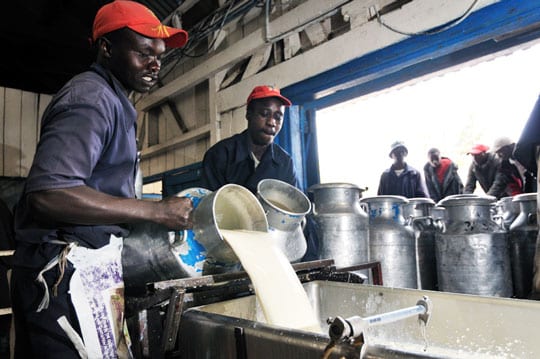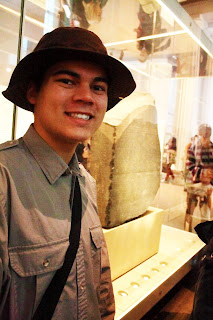This is the last of a three part series. Part 1 can be found here and part 2 can be found here.
The first post in this series focused on the inception of microfinance and the second talked about the current state of microfinance. This final one will talk about its limitations, and in light of those: where to go from here in the future. As one browses Kiva or some other equivalent site, he’ll come to the realization that there is a soft cap on the size of a given loan. While the average loan is in the two or three thousand dollar range, the number of available loans tapers sharply after around five thousand dollar mark. There are essentially two connected reasons that larger loans are unrealistic: the repayment period and the large number of lenders. This is best explained by way of example.
The first post in this series focused on the inception of microfinance and the second talked about the current state of microfinance. This final one will talk about its limitations, and in light of those: where to go from here in the future. As one browses Kiva or some other equivalent site, he’ll come to the realization that there is a soft cap on the size of a given loan. While the average loan is in the two or three thousand dollar range, the number of available loans tapers sharply after around five thousand dollar mark. There are essentially two connected reasons that larger loans are unrealistic: the repayment period and the large number of lenders. This is best explained by way of example.
Realize that to operate
an individual typical loan, with an eight month repayment period to 135 lenders
(based on an actual project),
Kiva has to collect eight times and disburse that as 1,080 repayments
altogether. If the scale was brought up
to a ten thousand dollar size, at $25 per average lender, this is 3,200
repayments ([10000/25] * 8). Of course,
the borrower would need more time to pay the money back, perhaps a decade,
meaning 48,000 repayments ([10000/25] * [10*12]). Kiva already processes an immense amount of
payments continuously, so one would have to be uncharitable to believe that
they could not scale up to meet this challenge, but it would at least be
cumbersome. This is not to mention that
from the individual lender’s perspective, who wants to wait a decade to get their
$25 paid back? Half of the fun of
funding microloans is watching the money lent out come back so that it can be
sent out again. It gives people the
satisfaction of seeing their money participate in double, triple, and ad
infinitum amounts of good as long as they opt to relend it.
 So we see the
limitation of microfinance for borrowers who wish to start a business that requires
more capital than a few thousand dollars could provide but is not so large that
an entrepreneur could get funding from a private equity fund or other
traditional means, perhaps in the range of 10-50 thousand dollars such as starting
a dairy processing facility or a large water filtration service.
So we see the
limitation of microfinance for borrowers who wish to start a business that requires
more capital than a few thousand dollars could provide but is not so large that
an entrepreneur could get funding from a private equity fund or other
traditional means, perhaps in the range of 10-50 thousand dollars such as starting
a dairy processing facility or a large water filtration service.
Because of their
extensive networks with partner microfinance organizations on the ground in
developing countries, while being situated in the richest country of the world,
Kiva and other US-based organizations are uniquely and ideally situated to
conquer this limitation if they have the volition to solve it. Yet to this day, one does not see them acting
on the somewhat obvious solution.
The question is: are
there investors to whom the larger scale of 50,000 dollars would not be
problematic? The follow-up question is:
is there a context wherein a payback period of several decades would be a
feature rather than a bug? Glad you
asked, because the answer is yes! This might
even be worth developing an entire post for in the future because this one has
already covered a lot of ground.
Kiva builds bridges between
people who have money and those who need it.
That has always been the mandate.
Yet by myopically focusing on the individual lender platform, they have
failed to hunt in a greener pasture: the US capital market. The clear solution, therefore, is that
medium-sized loans be financed through the issuance of bonds to institutional
investors. Bond markets are massive,
robust, and there is no shortage of lenders who would jump at buying this kind
of security, even though it is riskier than a traditional corporate bond (the securitization
of subprime mortgages during the housing bubble proved that). Investors who buy bonds do it for many
reasons, but one of the primary appeals of bonds is that it gives steady income
from repayments for an extended period of time.
Another is that it provides protection against interest rate risk since
repayments are contractual. So to put it
succinctly, scale is unlimited and the bug, as we say, becomes a feature.




